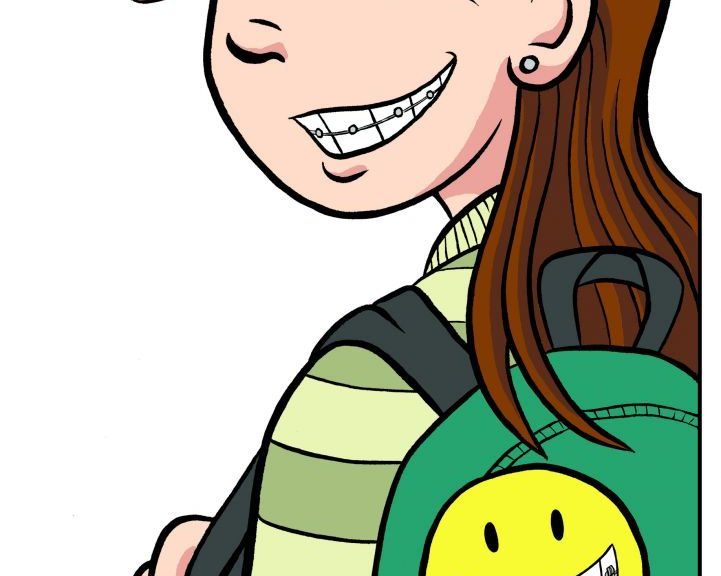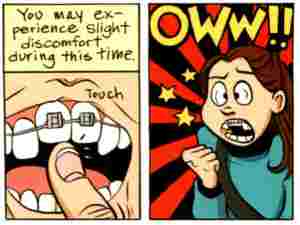
Blog 7- an analysis
Part of what I really enjoy about Reading in the wild by Donalyn Miller, are the recording instruments she uses to assess and evaluate her students reading. The one I found particularly useful was the genre charts. When attempting to figure out one’s personal book preferences it can be hard to know where to start, especially for children. I think graphing what books students do or don’t enjoy is a fantastic way for them to visually see their own preferences so they can begin figure out what it is they particularly enjoy about books. Determining the readers preference will allow me to recommend books I think they will enjoy and allow them to better choose books for themselves.
I’ve also realized that I lost many reading years in my time spent in high school. Now that I have made reading an active habit again I have noticed a few preferences. I enjoy realistic fiction and making connections and being able to relate to the story and characters. However, I also really enjoy fantasy. Books are like movies to me, and I enjoy being taken into another world where things beyond our boundaries exist. Part of the magic of books are the experiences created and emotions that are felt; sometimes I want to have powers too. Another big preference of mine are series books. I like growing attached to characters and seeing them change, adapt and mature throughout the course of the series.
In The Hate U Give by Angie Thomas, Starr Carter is a 16 year old African American female. Part of her signature look are her impeccable sneakers that she coordinates with her outfit everyday. She presents herself as two different Starr’s. One in lower-class Garden Heights, her home, where she is free to speak and act freely. Another is at Williamson Prep, a predominantly white and rich school where she is a part of the basketball team. Here she is careful about they way she speaks and presents herself because any slip up would cause her classmates to think of her as the black ghetto girl. Starr is always hyperaware of herself around her schoolmates and rarely discloses details pertaining to her home life. Even when she witness the shooting of her childhood friend Khalil, at school she denies any relationship to him. She fears that no one will understand or that people will see her differently and treat her differently. Starr’s character changes as she finds her voice and empowerment to stand up for herself and Khalil. I really enjoyed this book and it is so relevant to everything that is happening in our country. I think this is a great novel to open up these types of discussion with young adults and to allow them to see from a different point of view.




